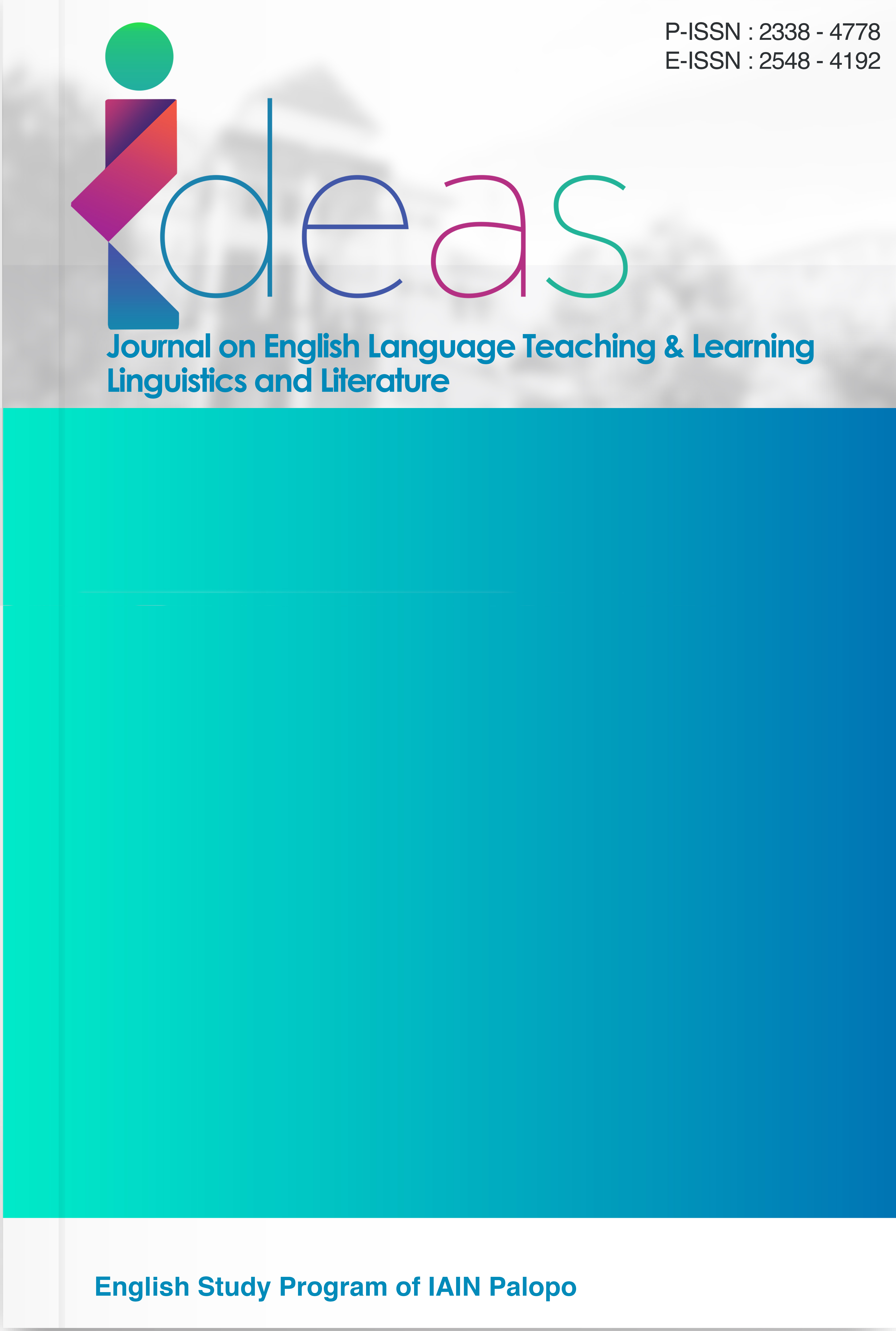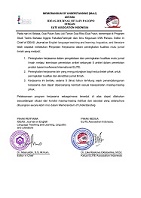The Influence of Verbal Bullying on Self-Confidence in Fifth-Grade Students at State Elementary School
DOI:
https://doi.org/10.24256/ideas.v13i2.7917Keywords:
Case Study, State Elementary School 1 Plumbon, Self-Confidence, Students, Verbal Bullying.Abstract
This research is motivated by the high number of verbal bullying cases that have a negative impact on students' self-confidence. This study aimed to examine the effect of verbal bullying on the self-confidence of fifth grade students. The method used was descriptive quantitative with a case study approach. From a total population of 86 students, 34 students were selected as a sample with considerations of representativeness and sufficient numbers for simple statistical analysis. Data were collected through a validated and tested questionnaire for reliability, then analyzed using simple linear regression. The results showed that verbal bullying (taunts, insults, and threats) had a significant effect negative relationship with students' self-confidence, with a correlation coefficient of r = 0.369; R² = 0.136; t(32) = -2.243; p < 0.05; and a 95% confidence interval. This means that verbal bullying is associated with 13.6% of the variation in self-confidence, while the rest is influenced by other factors. Although the contribution of influence is relatively small, the practical impact is quite important because victims of verbal bullying tend to hesitate to express their opinions, are afraid to speak in front of the class, and are passive in interacting. These findings align with Erikson's psychosocial theory and Bandura's self-efficacy theory, which explain that negative experiences can lower children's self-confidence. This study is limited by its sample size and limited scope of variables. Therefore, future research is recommended to involve a broader population and consider other psychosocial factors that influence students' self-confidence.
References
Aminullah, M. (2020). HUBUNGAN ANTARA BULLYING VERBAL DENGAN TINGKAT KEPERCAYAAN DIRI REMAJA DI DESA TANJUNG ALAI KECAMATAN XIII KOTO KAMPAR.
Bandura A. (1997). Self-efficacy - The Exercise of Control,. New York: W.H. Freeman and Company.
Coloroso, B. (2013). Pemaknaan Bullying pada Remaja Penindas (The Bully). . Jurnal Psikologi Kepribadian Dan Sosial, 2, No.2.
Erikson, E. H. (1963). Childhood and society (2nd Ed.). New York: Norton.
Isnayanti, A. (2020). Hubungan verbal Bullying dengan Kecerdasan Interpersonal Siswa Kelas di SD Inpres Tappanjeng Kabupaten Bantaeng.
Masruddin, M., Amir, F., Langaji, A., & Rusdiansyah, R. (2023). Conceptualizing linguistic politeness in light of age. International Journal of Society, Culture & Language, 11(3), 41-55.
Masruddin, Hartina, S., Arifin, M. A., & Langaji, A. (2024). Flipped learning: facilitating student engagement through repeated instruction and direct feedback. Cogent Education, 11(1), 2412500.
Manto, O. A., Nito, P. J., & Wulandari, D. (2021). Bullying in Higher Education: Presdiposisi Bully-victim terhadap Kejadian Perilaku Bullying pada Mahasiswa. Dinamika Kesehatan : Jurnal Kebidanan dan keperawatan, Vol 12, No 2 (2021).
Olweus, D. (1993). Bullying at Shool: What We Know and What We Can Do Coornwall. Blackwall Publishing.
Rigby, K. (2002). New Perspectives on Bullying. London: Jessica Kingsley Publishers.
Wardiati, E. (2018). PENGARUH BULLYING TERHADAP MORALITAS SISWA PADA SMP NEGERI 1 DARUL HIKMAH KABUPATEN ACEH JAYA.
Downloads
Published
Issue
Section
Citation Check
License
Copyright (c) 2025 Jamilah, Khozinul Huda, Fikriyah

This work is licensed under a Creative Commons Attribution-ShareAlike 4.0 International License.
Authors retain copyright and grant the journal right of first publication with the work simultaneously licensed under an Attribution-ShareAlike 4.0 International (CC BY-SA 4.0) that allows others to share the work with an acknowledgement of the work's authorship and initial publication in this journal.
Authors are able to enter into separate, additional contractual arrangements for the non-exclusive distribution of the journal's published version of the work (e.g., post it to an institutional repository or publish it in a book), with an acknowledgement of its initial publication in this journal.
Authors are permitted and encouraged to post their work online (e.g., in institutional repositories or on their website) prior to and during the submission process, as it can lead to productive exchanges, as well as earlier and greater citation of published work (See the Effect of Open Access)




